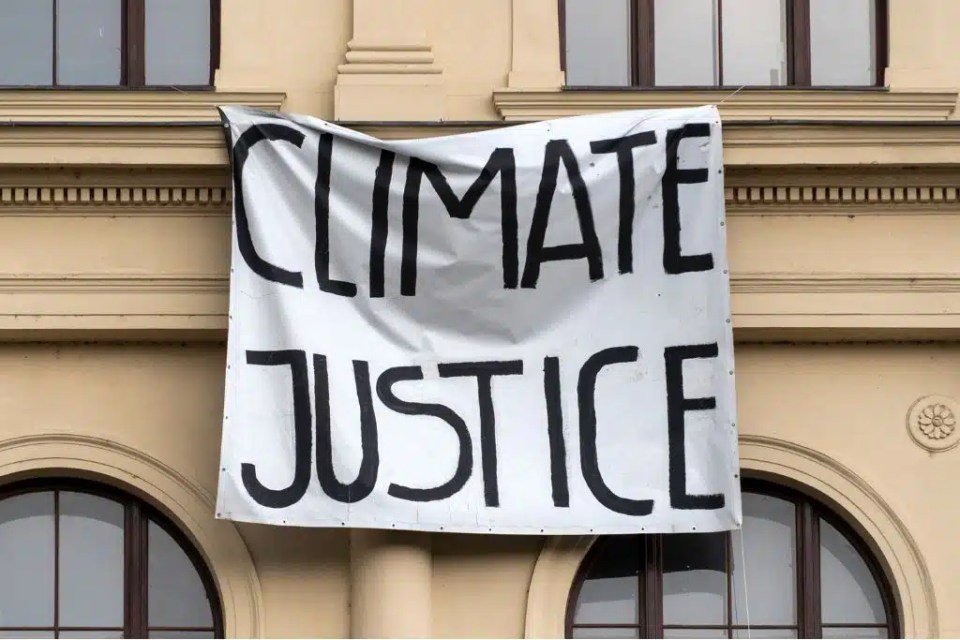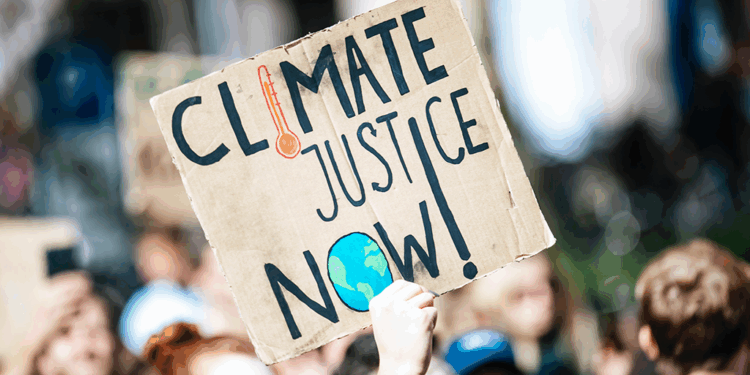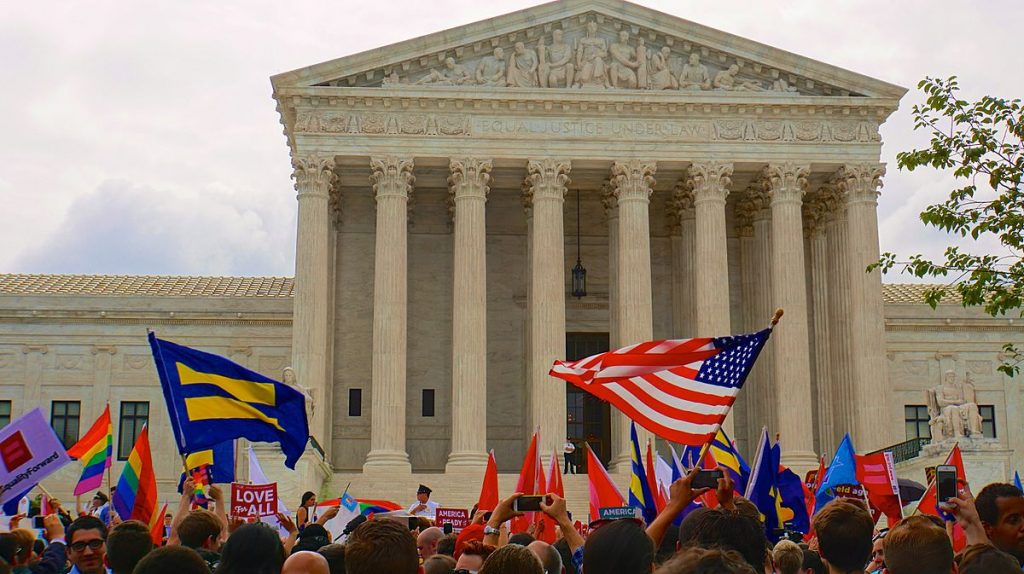The global legal landscape is witnessing an unprecedented surge in climate litigation, a rapidly expanding frontier where legal actions are increasingly being used to address the multifaceted challenges of climate change. Once a niche area, climate litigation has evolved into a powerful tool for holding governments, corporations, and even individuals accountable for their contributions to greenhouse gas emissions, their failure to adapt to a warming planet, and their misleading claims about environmental efforts. Driven by growing scientific consensus, escalating climate impacts, heightened public awareness, and the strategic ingenuity of activists and legal practitioners, these cases are pushing the boundaries of traditional law, forcing courts to grapple with complex scientific evidence, issues of causation, and the allocation of responsibility for a global problem. This article offers an in-depth examination of the intensifying trend of climate litigation, dissecting the key drivers behind its rise, the diverse types of cases being brought, the landmark rulings setting precedents, the formidable challenges inherent in such lawsuits, and the profound implications for future climate action and corporate accountability worldwide.
The Driving Forces Behind Surging Climate Litigation

The dramatic increase in climate-related lawsuits is not accidental; it’s a direct outcome of several intertwined factors creating fertile ground for legal action.
A. Escalating Climate Impacts and Public Awareness
The tangible realities of climate change – extreme weather events, rising sea levels, prolonged droughts, and devastating wildfires – are becoming undeniable and increasingly impactful. As these impacts intensify, so does public awareness and concern. Communities and individuals directly affected are seeking redress, and this palpable sense of urgency translates into a demand for accountability, fueling the drive for legal action. The human and economic costs are no longer abstract; they’re immediate and personal.
B. Strengthening Climate Science and Attribution
Advances in attribution science are making it increasingly possible to link specific extreme weather events and long-term climate changes to anthropogenic greenhouse gas emissions. This scientific progress provides a stronger evidentiary basis for plaintiffs to establish causation in court, moving beyond general climate change impacts to specific, attributable harms. This has been a game-changer for many lawsuits, as it helps bridge the scientific understanding with legal requirements for causation.
C. Growing Climate Legislation and Policy Gaps
While many countries have enacted climate legislation and signed international agreements (like the Paris Agreement), implementation often lags, or policies are deemed insufficient to meet emission reduction targets. These policy gaps create an opening for litigation, as plaintiffs seek to compel governments to strengthen their commitments or for courts to enforce existing, albeit sometimes weak, climate mandates. The perceived inadequacy of political action often pushes the issue into the judicial arena.
D. Activist and NGO Advocacy
Environmental activists, non-governmental organizations (NGOs), and youth movements are playing a pivotal role in initiating and supporting climate litigation. They leverage legal action as a strategic tool to pressure governments and corporations, raise public awareness, and amplify their calls for more ambitious climate action. Their organizational capacity, legal expertise, and public support are crucial to sustaining these long and complex legal battles.
E. Strategic Legal Innovation and Precedent Setting
Lawyers specializing in environmental and human rights law are demonstrating remarkable ingenuity in crafting novel legal theories and arguments to address climate change within existing legal frameworks. Each successful case, even if small in scope, sets valuable legal precedent that can be leveraged in subsequent lawsuits, paving the way for further litigation. This iterative process of legal innovation is a key characteristic of the field.
Diverse Types of Climate Litigation Cases
Climate litigation encompasses a broad spectrum of legal actions, targeting various actors and employing diverse legal theories.
A. Against Governments (Climate Policy and Human Rights)
These lawsuits aim to compel governments to take more ambitious climate action or to challenge policies deemed insufficient.
- “Urgenda-style” Cases: Following the landmark 2019 Dutch Supreme Court ruling in Urgenda Foundation v. State of the Netherlands, which ordered the Dutch government to cut emissions more aggressively, similar cases have emerged globally (e.g., Germany, France, Ireland). These often argue that governments have a duty of care to protect citizens from climate change.
- Human Rights-Based Claims: Plaintiffs argue that government inaction on climate change violates fundamental human rights, such as the rights to life, health, property, and a healthy environment. Cases like Youth for Climate Action v. Austria and Sacchi, et al. v. Argentina, et al. (brought before the UN Committee on the Rights of the Child) exemplify this approach.
- Constitutional Challenges: Lawsuits asserting that climate change inaction violates constitutional rights, as seen in the Montana v. Held case in the US, where young plaintiffs successfully argued that the state violated their constitutional right to a clean and healthful environment.
B. Against Corporations (Fossil Fuel Companies and Polluters)
These lawsuits target companies, particularly fossil fuel producers, for their historical or ongoing contributions to climate change and for allegedly misleading the public.
- Climate Liability Cases: Municipalities, states, and even individuals are suing fossil fuel companies for damages related to climate impacts (e.g., infrastructure damage from sea-level rise, increased costs of climate adaptation). These cases often allege public nuisance, negligence, or fraudulent misrepresentation (e.g., misrepresenting the science of climate change). Examples include numerous lawsuits by US cities and states against major oil and gas companies.
- “Greenwashing” Litigation: Companies are being sued for making misleading or exaggerated claims about their environmental sustainability, carbon neutrality, or “eco-friendly” products, failing to live up to their public statements (e.g., lawsuits against fashion brands, food companies). This aims to hold companies accountable for deceptive marketing practices related to ESG.
- Shareholder Derivative Actions: Shareholders sue company directors or executives for failing to adequately manage climate risks, potentially breaching their fiduciary duties, or misrepresenting climate-related financial exposures.
- Supply Chain Litigation: Increasingly, companies are facing legal challenges for climate impacts within their extended supply chains, pushing responsibility beyond direct operations.
C. Against Financial Institutions
Financial institutions (banks, insurers, asset managers) are increasingly targets of litigation for their role in financing or underwriting climate-damaging activities.
- Fiduciary Duty Claims: Allegations that financial institutions are failing in their fiduciary duties by continuing to fund high-carbon projects without adequately assessing climate risks.
- Disclosure Claims: Lawsuits asserting that financial institutions are not adequately disclosing their climate-related financial risks or their exposure to carbon-intensive industries.
D. Strategic Litigation Against Public Participation (SLAPP) Cases
While not directly climate litigation, climate activists and NGOs are sometimes targeted with SLAPP lawsuits by corporations seeking to silence their advocacy or protest actions. Counter-SLAPP legislation and defense strategies are becoming an important part of the climate litigation landscape to protect the right to protest and speak out on climate issues.
E. Adaptation and Resilience Litigation
As climate impacts become more severe, lawsuits are emerging around failures to adapt or implement resilience measures, particularly from communities affected by extreme weather events where infrastructure or planning was inadequate.
Challenges and Hurdles in Climate Litigation

Despite the rising tide of lawsuits, climate litigation faces significant obstacles that make securing favorable outcomes exceptionally difficult.
A. Causation and Attribution Difficulty
Establishing a direct causal link between a specific defendant’s emissions and a specific plaintiff’s damages (e.g., a particular flood, a health issue) remains a primary challenge. Climate change is a complex, systemic problem with numerous contributors, making it hard to isolate specific responsibility in a legal sense. While attribution science is improving, it’s still a hurdle.
B. Jurisdictional Issues and Forum Shopping
Determining which court has jurisdiction, especially for cases against multinational corporations or across international borders, can be complex. Plaintiffs may engage in “forum shopping,” seeking jurisdictions with more favorable laws or judicial leanings, which can lead to procedural delays and challenges.
C. Political Question Doctrine and Separation of Powers
In some countries, particularly the US, courts may invoke the “political question doctrine”, arguing that climate change is a policy matter best addressed by legislative and executive branches, not the judiciary. This can be a significant barrier, as courts are hesitant to overstep their perceived constitutional role and interfere with policy-making.
D. Standing Requirements
Plaintiffs must demonstrate “standing,” meaning they have suffered a direct and particularized injury caused by the defendant’s actions. Proving this for broad, diffuse harms like climate change can be difficult, especially for future generations or distant communities.
E. Cost and Resource Intensive
Climate litigation is often incredibly complex, involving expert scientific testimony, extensive discovery, and lengthy court proceedings. This makes it extremely cost and resource-intensive, often requiring significant funding and sustained commitment from plaintiffs and their legal teams.
F. Availability of Remedies
Even if a court finds liability, determining the appropriate remedy can be challenging. Orders to reduce emissions or pay damages for climate change are often complex and require detailed scientific and economic analysis, sometimes pushing the limits of judicial competence.
Implications and Future Trajectory of Climate Litigation
The rising tide of climate litigation has profound implications, shaping corporate behavior, government policies, and the broader climate action agenda.
A. Increased Corporate Disclosure and Transparency
The threat of litigation is pushing companies to enhance their climate-related financial disclosures, be more transparent about their emissions, and accurately report on their sustainability efforts to avoid “greenwashing” accusations. This is further driven by regulatory pressures like the EU’s CSRD and the SEC’s proposed climate rules.
B. Shifting Corporate Strategy and Decarbonization
Companies, particularly in high-emitting sectors, are being forced to re-evaluate their business models, accelerate decarbonization efforts, and invest in climate resilience. Litigation risk is becoming a significant factor in strategic planning and capital allocation decisions.
C. Pressure on Governments for Stronger Policy
Successful lawsuits against governments are creating a legal precedent that can pressure other nations to strengthen their climate policies and meet international obligations, potentially leading to a race to the top in climate ambition.
D. Rise of Human Rights as a Climate Tool
The increasing use of human rights arguments in climate cases elevates the issue from environmental policy to fundamental rights, potentially giving it greater legal weight and moral urgency in courts.
E. Impact on Financial Institutions
Banks, insurers, and asset managers face growing scrutiny and potential litigation for their role in enabling climate-damaging activities. This will accelerate the integration of climate risk into financial decision-making and portfolio management.
F. Growth of Climate Expertise in Legal Sector
The complexity and increasing volume of climate litigation are leading to the rapid growth of specialized climate law practices within law firms and dedicated legal organizations focused on environmental justice.
Conclusion
Climate litigation is no longer an outlier; it has emerged as a formidable and increasingly effective lever for driving climate action and accountability. From compelling governments to strengthen their policies to forcing corporations to decarbonize their operations, legal challenges are playing a crucial role in bridging the gap between scientific urgency and political inaction. While the path to success in these lawsuits remains challenging, each victory, each new legal theory, and each strengthened precedent contributes to a powerful, evolving body of climate law.
The heating up of climate litigation signals a pivotal moment: the courts are becoming an increasingly significant arena in the global fight against climate change. As the impacts of a warming planet become more undeniable, expect legal battles to intensify further, compelling greater responsibility and accelerating the transition to a sustainable future. Law is indeed becoming an indispensable tool in the pursuit of climate justice.













